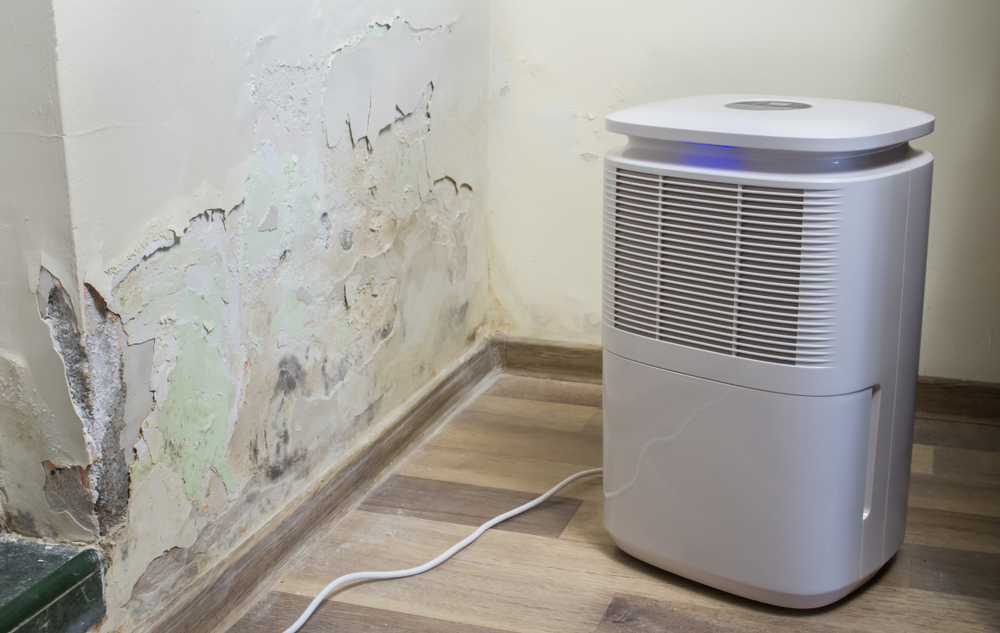Mold growth in your home can lead to a host of health problems if left unchecked.
Others are reading now
Mold growth in your home can lead to a host of health problems if left unchecked. A single, easy-to-adopt habit can make a big difference by controlling indoor humidity and preventing mold spores from taking hold.
Mold Risk Rises in Winter
As temperatures drop and we head into winter, we naturally keep windows closed—cutting down on fresh air circulation. Meanwhile, everyday activities like showering, cooking, and even breathing add moisture to the air. That trapped humidity settles on cold surfaces—especially windows—and creates the perfect breeding ground for mold.
Unchecked mold can damage your walls, ceilings, and furnishings over time. It also poses health risks ranging from allergy flare-ups to respiratory issues.
The One Habit: Heat Your Home for 20 Minutes
Experts at MeandMyGlass.co.uk recommend this simple morning routine:
Also read
- Crack open your windows for a few minutes to air out excess moisture.
- Then turn up the heat for about 20 minutes.
By ventilating first, you push stale, damp air outside. Heating right afterward dries the air and window surfaces, preventing fresh condensation and keeping humidity levels in check.
Why Window Condensation Matters
In winter, your window glass is often much colder than the air inside. Warm, moist air hits that cold surface and condenses—dripping into sills and frames. Over time, those wet spots invite mold growth.
John Cutts, a glass specialist, notes that many people discover their window sills soaked with overnight condensation. While it may seem harmless, that moisture is exactly what mold needs to thrive.
Extra Steps to Combat Condensation
- Wipe away morning condensation with a paper towel or soft cloth.
- Seal any gaps or cracks around windows to reduce drafts and cold spots.
- Consider moisture-absorbing houseplants—like orchids—that naturally help regulate humidity.
- Keep bathroom and kitchen exhaust fans running during and after use.
Health Impacts and Who’s Most at Risk
Mold exposure can tax your immune system, increase the risk of respiratory problems and asthma, and even trigger allergic reactions. The most vulnerable include:
- Infants and young children
- Older adults
- People with existing lung conditions (like COPD) or eczema
- Anyone with a weakened immune system
By adding this two-step morning routine—ventilate, then heat—you’ll maintain a drier, healthier indoor environment and significantly reduce the chance of mold damage to both your home and your health.
One Simple Morning Habit to Keep Mold at Bay
Mold growth in your home can lead to a host of health problems if left unchecked. A single, easy-to-adopt habit can make a big difference by controlling indoor humidity and preventing mold spores from taking hold.
Mold Risk Rises in Winter
As temperatures drop and we head into winter, we naturally keep windows closed—cutting down on fresh air circulation. Meanwhile, everyday activities like showering, cooking, and even breathing add moisture to the air. That trapped humidity settles on cold surfaces—especially windows—and creates the perfect breeding ground for mold.
Unchecked mold can damage your walls, ceilings, and furnishings over time. It also poses health risks ranging from allergy flare-ups to respiratory issues.
The One Habit: Heat Your Home for 20 Minutes
Experts at MeandMyGlass.co.uk recommend this simple morning routine:
- Crack open your windows for a few minutes to air out excess moisture.
- Then turn up the heat for about 20 minutes.
By ventilating first, you push stale, damp air outside. Heating right afterward dries the air and window surfaces, preventing fresh condensation and keeping humidity levels in check.
Why Window Condensation Matters
In winter, your window glass is often much colder than the air inside. Warm, moist air hits that cold surface and condenses—dripping into sills and frames. Over time, those wet spots invite mold growth.
John Cutts, a glass specialist, notes that many people discover their window sills soaked with overnight condensation. While it may seem harmless, that moisture is exactly what mold needs to thrive.
Extra Steps to Combat Condensation
- Wipe away morning condensation with a paper towel or soft cloth.
- Seal any gaps or cracks around windows to reduce drafts and cold spots.
- Consider moisture-absorbing houseplants—like orchids—that naturally help regulate humidity.
- Keep bathroom and kitchen exhaust fans running during and after use.
Health Impacts and Who’s Most at Risk
Mold exposure can tax your immune system, increase the risk of respiratory problems and asthma, and even trigger allergic reactions. The most vulnerable include:
- Infants and young children
- Older adults
- People with existing lung conditions (like COPD) or eczema
- Anyone with a weakened immune system
By adding this two-step morning routine—ventilate, then heat—you’ll maintain a drier, healthier indoor environment and significantly reduce the chance of mold damage to both your home and your health.


